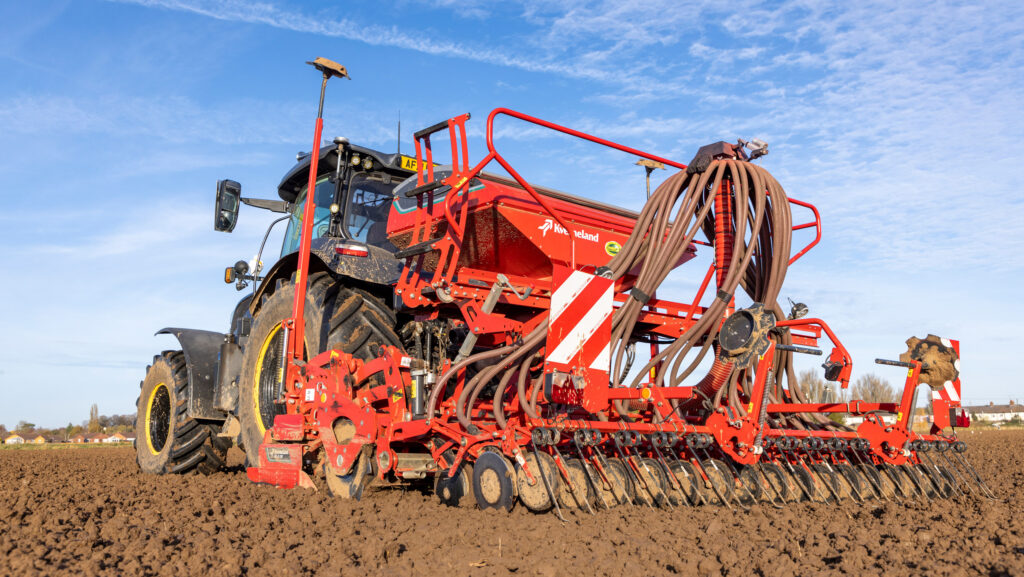Editor’s View: Greater focus on food production is sorely needed
 © GNP
© GNP This week has seen the publication of some pretty scary numbers.
According to the inaugural McCain Farmdex report, 51% of farmers have considered leaving the industry at some point in the past year, while 61% say their work affects their mental health.
The Animal and Plant Health Agency has its own statistical horror story, with the number of bluetongue cases in England and Wales now standing at 154 since July.
See also: Radical reset on food production needed says new report
Avian influenza is also on an alarming trajectory, with 25 flock breakdowns since the start of October and half a million birds dead as a consequence.
But perhaps the scariest numbers are those contained in the latest report from the All Party Parliamentary Group on Science and Technology in Agriculture (APPGSTA).
This shows that over the past 30 years, the UK has lost some 771,000ha of farmland (-4.4%), contributing to a 12% decline in food self-sufficiency.
Based on current trends and policies, the UK could be looking at a further 23% loss of farmland by 2050, it adds, leading to a 32% drop in output.
Against a backdrop of rapid population growth, geopolitical uncertainty and climate volatility, the implications for food security are deeply worrying.
Recommendations
The good news is that the APPGSTA report contains some rather nifty recommendations to alleviate the situation.
It rightly calls for a statutory self-sufficiency target of 75%, and for a “root and branch” review of R&D to deliver productivity gains at farm level.
It also seeks lighter regulation to encourage innovation, and better use of data to drive efficiencies.
In terms of farm policy, it urges a switch from the current “land sharing” approach favoured by governments and environmental NGOs, to a more radical “land sparing” scenario.
There are arguments on both sides.
Those who advocate “land sharing” often point to the 2007 Entry Level Stewardship scheme, which paid farmers £30/ha for carrying out some basic environmental work across the whole farm.
It was easy to get into, light on red tape, and gave everyone a chance to “do their bit” for conservation.
“Land sparing” is more radical – incentivising farmers to go for maximum food production on the best farmland, with habitat creation and rewilding reserved for the most marginal land.
Counterproductive
The APPGSTA suggests land sharing may even be counterproductive, with lower crop yields displacing domestic food production to countries where the environmental impact is worse.
Conversely, land sparing, backed by the latest science and innovation, could boost food production and its nutritional worth while reducing reliance on chemical inputs.
Whatever the preference – and Farmers Weekly does see merit in land sparing – what really matters is effective delivery.
Even the land sharing approach encompassed in Defra’s Environmental Land Management scheme has run into massive difficulties, with the result that some farmers are turning their backs on it altogether.
There is no doubt that, in future, we will need to produce more from less. But the logic of land sparing has to be balanced against political reality.
Perhaps the so-called “three-compartment model” might be best – maximum food production on the best land, full-fat environmental on the worst land, and a substantial chunk in the middle on which farmers do both.

